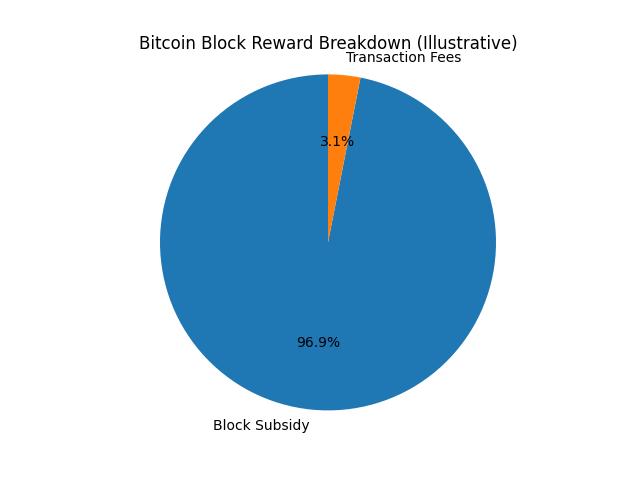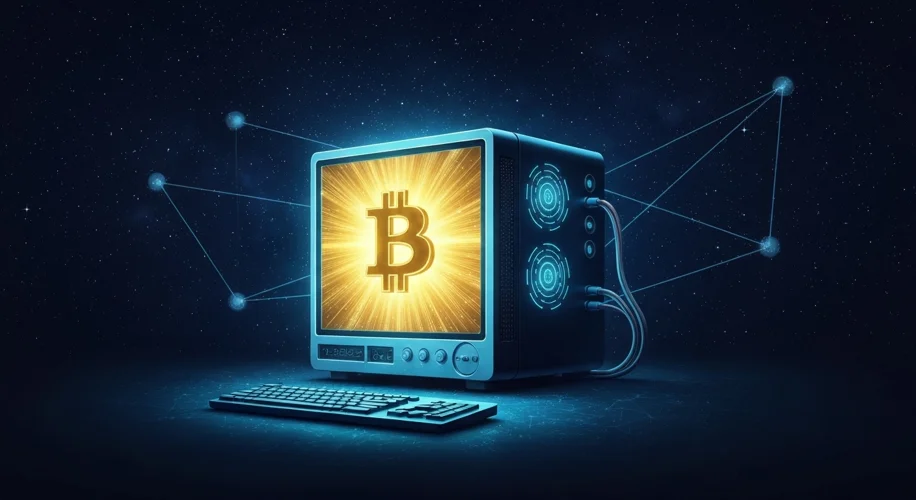Today, August 3rd, 2025, news is circulating about a solo Bitcoin miner who managed to do something incredibly rare: mine an entire block and claim the full block reward. For those unfamiliar with Bitcoin mining, this is akin to hitting the lottery, and I want to break down why it’s such a monumental event and what it means.
What is Bitcoin Mining?
First, let’s quickly cover the basics. Bitcoin miners use powerful computers to solve complex mathematical problems. The first miner to solve the problem gets to add the next block of transactions to the Bitcoin blockchain and, in return, receives a reward. This reward currently consists of new bitcoins (the block subsidy) and transaction fees from the block.

As of August 2025, the block subsidy is 3.125 BTC following the halving event earlier in the year. The total reward can fluctuate based on network activity and transaction fees.
The Odds of Solo Mining
Bitcoin mining is a competitive process. The difficulty of the mathematical problem adjusts roughly every two weeks to ensure a new block is found approximately every 10 minutes, regardless of how many miners are on the network. The more miners (and hashing power) there are, the harder the problem becomes.
When you’re part of a mining pool, your hashing power is combined with thousands of other miners. You share the rewards proportionally to your contribution. It’s a more predictable, albeit smaller, stream of income.
Solo mining, on the other hand, means you’re competing against the entire network with only your own hashing power. The probability of a solo miner finding a block is directly related to the percentage of the total network’s hashing power they control. With the immense growth of Bitcoin’s network hashrate, the chances of a single, small-scale solo miner finding a block are astronomically low. We’re talking odds that can be less than one in a trillion for an average home miner.
What Happened in This Case?
The details shared indicate that this particular solo miner must have had a significant amount of hashing power dedicated to their operation, or they simply got extraordinarily lucky. To put it into perspective, the probability of winning the Powerball jackpot is often cited as being around 1 in 292 million. This miner’s luck in finding a block could be orders of magnitude rarer than that.
This event is a powerful reminder that while the Bitcoin network is dominated by large, professional operations, the underlying protocol still allows for these incredible, low-probability wins for individual participants. It highlights the ‘degen’ (degenerate, in a crypto context) aspect of crypto – the potential for massive, outlier gains, albeit with equally massive risks and low probabilities.
Key Takeaways
This story is fascinating for a few reasons:
- Validation of the Protocol: It shows that the decentralized nature of Bitcoin mining still holds. Anyone with the right hardware and a connection to the network can participate and, theoretically, win.
- The Power of Luck: While mining requires significant investment in hardware and electricity, sometimes, sheer luck plays a massive role, especially in solo mining.
- Understanding Mining Economics: It underscores the high barrier to entry and the competitive nature of mining today. For most, joining a mining pool offers a more stable approach.
While this miner’s success is an amazing anecdote, it shouldn’t be seen as a blueprint for new miners. The economics of Bitcoin mining are complex and require careful calculation of hardware costs, electricity prices, and network difficulty. This event is an outlier, a testament to the probabilistic nature of the blockchain.
It’s a great story to tell, and a potent reminder of the wild possibilities within the cryptocurrency space. For aspiring miners, understanding the probabilities and economics is crucial before diving in.

